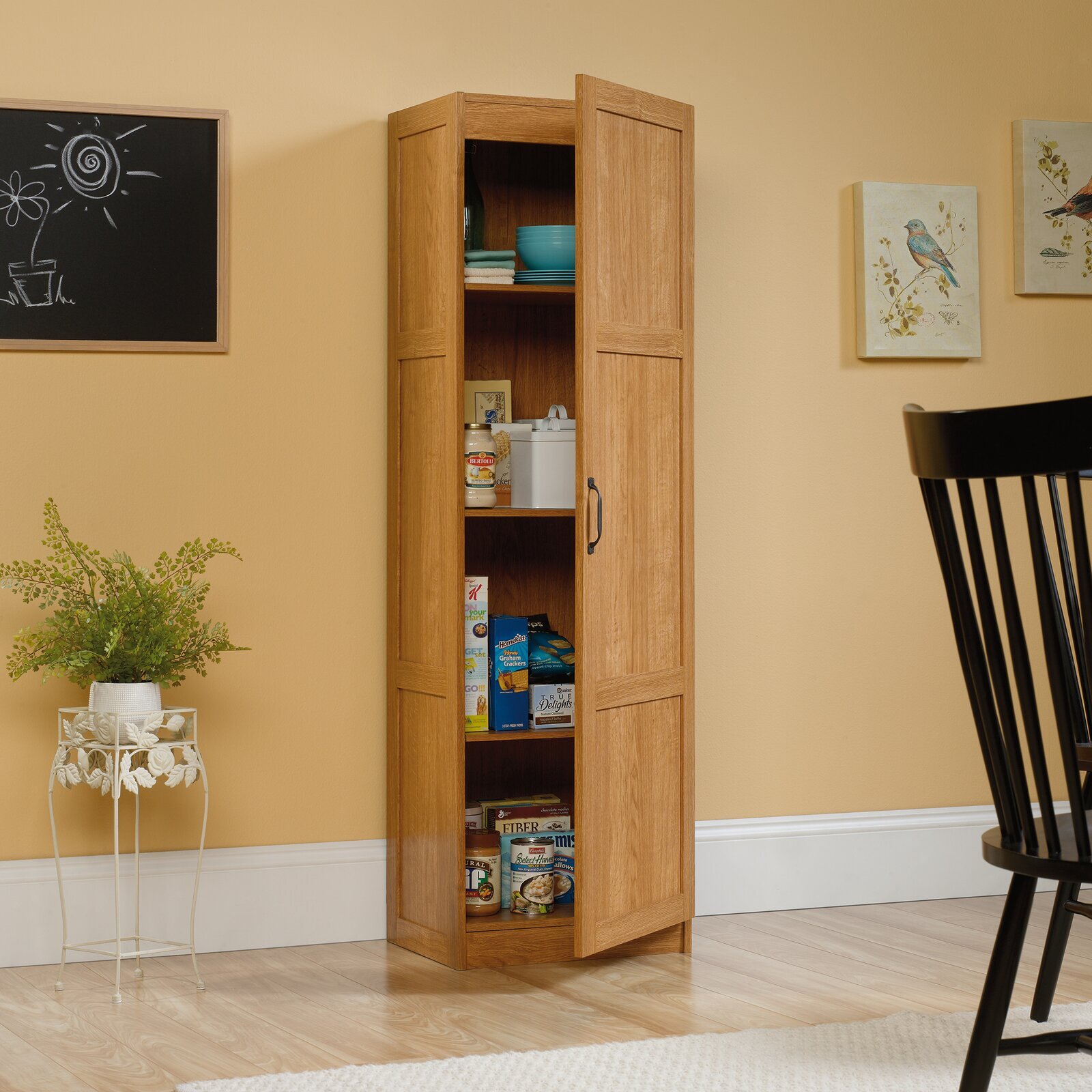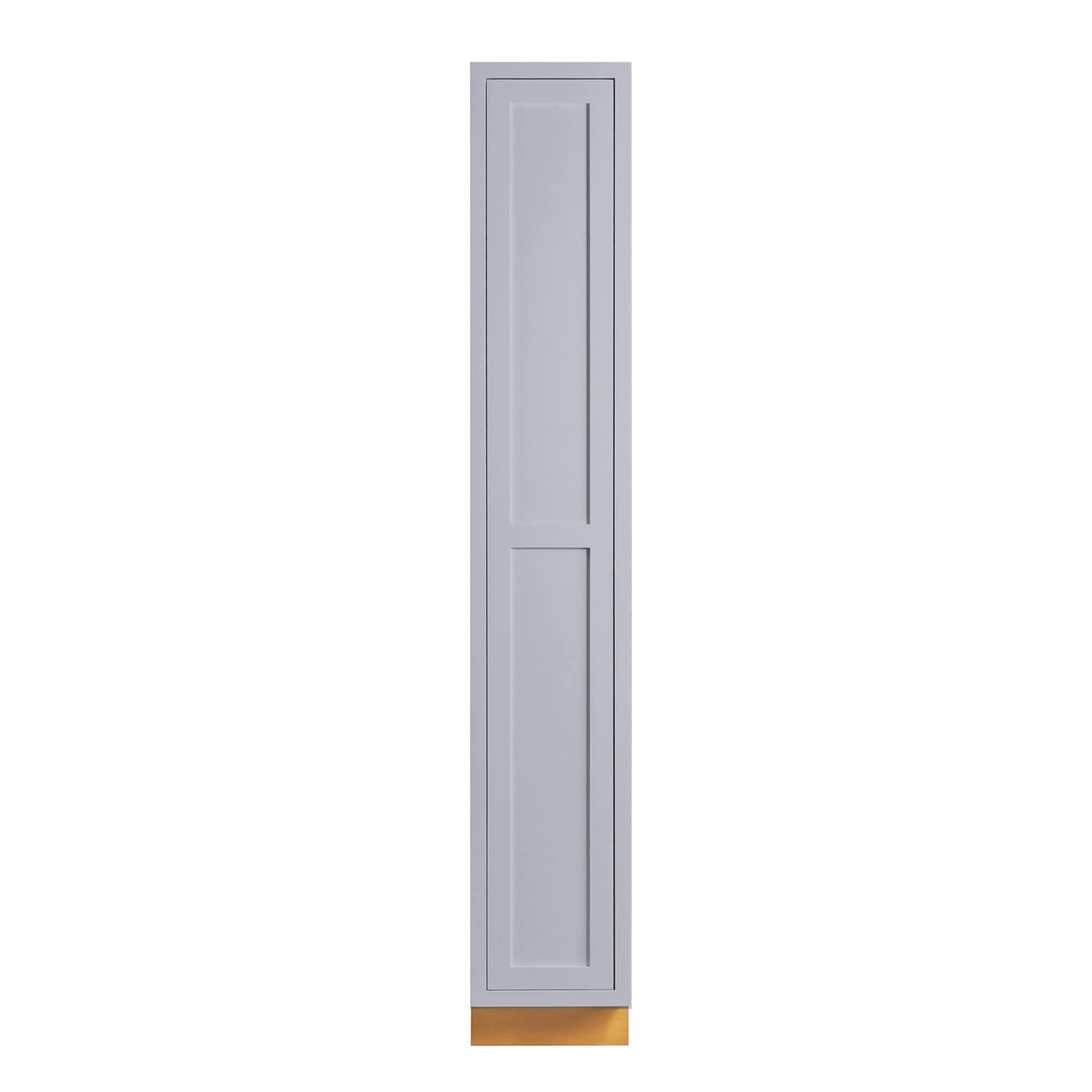Product Overview

Fifteen-inch wide pantry cabinets offer a surprisingly versatile storage solution, perfect for maximizing space in smaller kitchens or supplementing larger pantry areas. Their compact design allows for efficient use of often-underutilized wall space, making them a popular choice for homeowners seeking to optimize their kitchen organization. This overview will explore the key features, material options, and stylistic variations available in this niche but impactful category of kitchen cabinetry.
Typical Features and Functionalities
A standard 15-inch wide pantry cabinet typically features adjustable shelves, allowing users to customize the interior space to accommodate items of varying heights and sizes. Many models include soft-close hinges and doors, ensuring quiet operation and preventing accidental slams. Some higher-end models incorporate features like pull-out drawers or internal organizers to further enhance storage efficiency. The depth of these cabinets can vary, with common options ranging from 12 to 24 inches, providing a range of storage capacity to suit individual needs. Many include a simple, yet sturdy construction for long-term reliability.
Materials Used in Manufacturing
The materials used in constructing 15-inch wide pantry cabinets significantly impact their durability, aesthetics, and price point. Common materials include:
- Solid Wood: Solid wood cabinets, such as those made from oak, maple, or cherry, offer superior durability and a luxurious aesthetic. They are often more expensive but provide a timeless and high-quality feel.
- MDF (Medium-Density Fiberboard): MDF is a cost-effective alternative to solid wood, offering a smooth, paintable surface. While less durable than solid wood, MDF cabinets are suitable for those on a budget.
- Plywood: Plywood cabinets provide a balance between cost and durability. They are stronger than MDF but generally less expensive than solid wood.
- Metal: Metal pantry cabinets, often made from steel or aluminum, are exceptionally durable and resistant to moisture. They are less common but are a practical choice for damp environments.
- Composite Materials: Various composite materials, often combining wood and resin, are used to create durable and moisture-resistant cabinets. These often offer a balance of price and performance.
Styles of 15-Inch Wide Pantry Cabinets
The style of a 15-inch wide pantry cabinet can significantly impact the overall aesthetic of a kitchen. Popular styles include:
- Shaker: Shaker style cabinets are characterized by their simple, clean lines and flat-panel doors with a recessed center panel. They offer a timeless and versatile look that complements various kitchen designs.
- Modern: Modern pantry cabinets often feature sleek, minimalist designs with handleless doors or integrated pulls. They tend to use simpler materials and colors.
- Traditional: Traditional cabinets often incorporate ornate details, such as raised panels, decorative molding, and elaborate hardware. They usually feature richer wood tones and more complex designs.
Price Ranges for Different Materials and Styles
The price of a 15-inch wide pantry cabinet varies considerably depending on the materials and style. The following table provides a general estimate of price ranges (USD):
| Style | Solid Wood | MDF | Plywood |
|---|---|---|---|
| Shaker | $300 – $800 | $150 – $400 | $200 – $500 |
| Modern | $350 – $900 | $175 – $450 | $225 – $550 |
| Traditional | $400 – $1000+ | $200 – $500 | $250 – $600 |
Space-Saving Solutions & Design Considerations: 15 Inch Wide Pantry Cabinet

A 15-inch wide pantry cabinet, while seemingly narrow, can be a surprisingly effective storage solution in a small kitchen, provided you employ smart design strategies. Maximizing its potential requires careful consideration of placement, internal organization, and the strategic use of vertical space. This section will explore practical solutions to optimize this often-underutilized space.
Optimal Placement of a 15-Inch Wide Pantry Cabinet
The ideal location for a 15-inch wide pantry cabinet depends heavily on your kitchen’s layout and workflow. Consider placing it in a less trafficked area, perhaps alongside a refrigerator or in a corner to minimize its impact on movement. Avoid placing it in areas that might obstruct major pathways or interfere with appliance access. A well-placed cabinet blends seamlessly into the kitchen’s design, enhancing functionality without compromising the flow of movement. For example, a space between the oven and a wall is ideal, as it often goes underutilized in standard kitchen designs.
Creative Storage Solutions within a 15-Inch Wide Pantry Cabinet, 15 inch wide pantry cabinet
Utilizing slimline shelving, pull-out drawers, and adjustable shelving are key to maximizing storage in a narrow pantry. Slimline shelves allow for the efficient stacking of canned goods and smaller items, while pull-out drawers offer easy access to items stored at the back. Adjustable shelving allows for customization based on the height and shape of your pantry items, making optimal use of vertical space. For example, taller containers can be accommodated on the bottom shelves, while smaller items can be placed higher up.
Maximizing Vertical Space in a Narrow Pantry Cabinet
Vertical space is your greatest ally in a 15-inch wide pantry. Avoid leaving any dead space. Consider using stackable containers, tall, narrow storage bins, and utilizing the space all the way to the top of the cabinet. Think of it as a vertical puzzle, where each item is carefully placed to make the most of the available height. A well-designed 15-inch pantry should utilize every inch from floor to ceiling. For instance, instead of storing spices in bulky containers, use slim, stackable spice racks that fit neatly on the shelves.
Visual Representation of a Well-Organized 15-Inch Wide Pantry Cabinet
Imagine a 15-inch wide pantry cabinet, approximately 72 inches tall. The bottom third features two pull-out drawers. The top drawer holds frequently used items like snacks and baking supplies. The bottom drawer contains larger, less frequently used items such as baking sheets or extra containers. The middle third houses three adjustable shelves. The top shelf holds spices organized in slim, stackable containers. The middle shelf holds canned goods, neatly stacked and labeled. The bottom shelf accommodates jars of pasta and grains. The top third features two narrow shelves. The upper shelf contains smaller items like tea bags and coffee, while the lower shelf holds infrequently used items or seasonal baking supplies. This organization ensures that frequently accessed items are easily visible and reachable. The entire system is designed to maximize vertical space and minimize wasted area.
